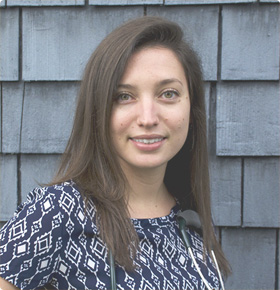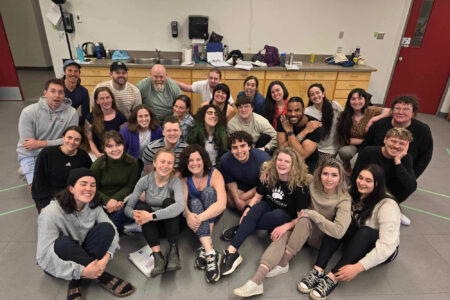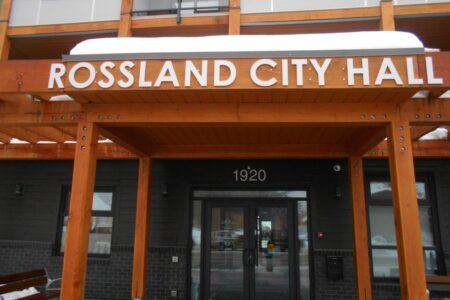Column: Delicate problems: urinary frequency and urgency, pelvic pain
Why am I peeing so much?
There are many causes for urinary frequency, and this article will focus on the two that are often difficult to treat after all other causes are ruled out. Urinary frequency can be caused by many problems, such as diabetes mellitus and blood sugar dysregulation, diabetes insipidus, endometriosis (on bladder or bowel), stress/psychogenic urgency and frequency, overactive bladder, UTI, PID, lumbosacral disc diseases, among others. Two common and often overlooked causes of urinary frequency (more than 8 times per day) and urgency are Interstitial Cystitis (IC) and Overactive Bladder Syndrome (OAB) and can be treated with Naturopathic Medicine.
What is the difference between IC and OAB?
If you have urinary frequency, urgency and pain or pressure in the bladder for longer than six weeks without the presence of a urinary tract infection, you may be experiencing interstitial cystitis (IC) or overactive bladder syndrome (OAB). Other possible symptoms include pain with intercourse, feeling of incomplete bladder emptying, periods of remission or symptom variation, scrotal pain in men, and for women frequency changing depending where they are in their menstrual cycle. People with IC often also have anxiety that increases their urinary frequency–the frequency increases their anxiety creating a vicious cycle.
IC and OAB both have urinary urgency, frequency, and nocturia (waking at night to urinate). The main difference is that people with IC often also have bladder or pelvic pain, especially when the bladder is full. People with OAB can also experience incontinence, which is uncommon with IC.
Interstitial cystitis (IC) is fairly common, affecting both men and women, with the average age of onset being 40. The likelihood of Overactive Bladder Syndrome (OAB) increases with age, with 20% of people over 70 having symptoms of OAB. Despite this, it can affect people of any age, and should be considered when people are having urinary frequency and urgency without any infections or physical problems. If you notice you are going to the washroom much more frequently than your friends or family you may want to consider the points below.
It starts with diet.
People with Interstitial cystitis and overactive bladder syndrome often experience a substantial decrease in frequency and urgency with a proper diet and nutritional support. Most people with IC experience increased frequency, urgency and pressure/pain with the following foods and beverages: coffee, chocolate, alcohol, carbonated drinks, citrus fruit, tea, spicy foods, and foods high in potassium such as squash and bananas. Paying attention to your symptoms with these foods, and eliminating the foods that trigger urinary frequency will greatly reduce symptoms. Keeping a bladder diary to track when your frequency, urgency, pressure or pain is happening can be very helpful in pinpointing your trigger foods.
Decrease your stress.
Stress often makes IC and OAB worse, therefore relaxing activities such as meditation, yoga, long walks, reading a good book, or whatever you find most calming is helpful.
Supplement to support the bladder.
Glutamine and N-acetyl glucosamine (different from glucosamine for your joints) strengthen the integrity of the bladder by replacing deficient epithelial glycosaminoglycans (GAGs) in the bladder wall. In the clinic we combine this with quercetin, which decreases the histamine response. Quercetin is a flavonoid that stabilizes mast cells to decrease histamine release (histamine triggers inflammation, and inflammation=increased urgency and frequency. This is also why decreasing foods that cause inflammation is important). L-arginine is also key to relax the muscles of the bladder and decrease inflammation.
Re-wire your bladder.
The best tool I have found for treating IC is acupuncture. Placing acupuncture needles in specific locations with an electrostimulation machine helps re-train the bladder and brain to communicate effectively. It works the same way as an Interstim machine without the permanent implant and 80% of patient’s symptoms resolve after 4 weeks (including incontinence).
Consider herbal medicine.
Zea mays (cornsilk) heals the lining of the bladder while soothing inflammation and irritation. Berberis aquifolium (Oregon Grape root) is anti-inflammatory and anti-microbial to prevent infections.
























